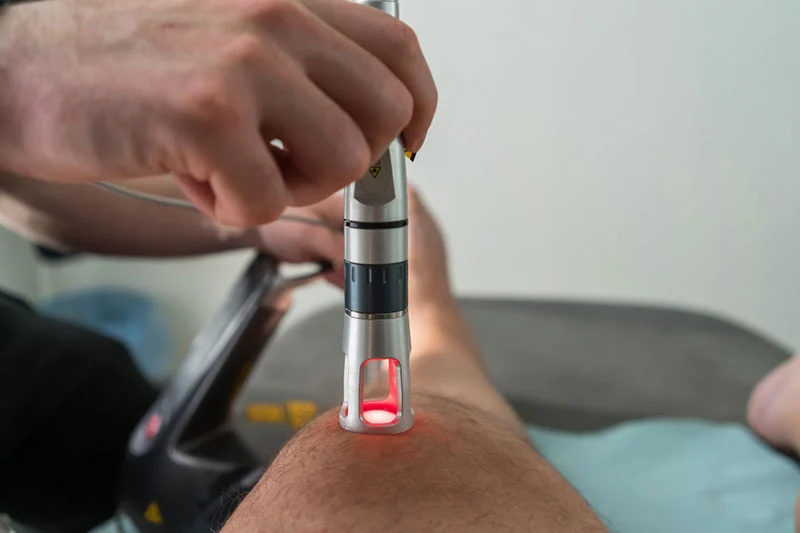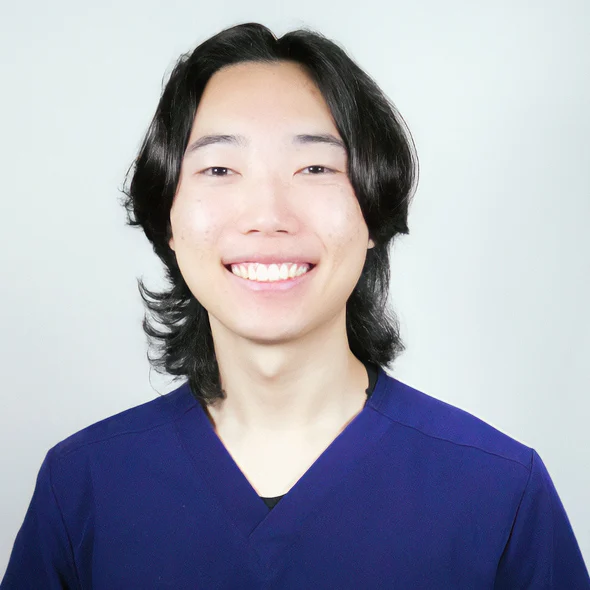Have you ever wondered how our inner ears contribute to balance? The vestibular system, located in the inner ear, plays a vital role in maintaining equilibrium. It helps us stay stable, coordinate eye movements, and navigate our environment. To better understand how it works, scientists have developed a diagnostic tool called Video Head Impulse Testing (vHIT). In this post, we’ll explore what vHIT is, how it works, and what it reveals about the vestibular system.
What is Video Head Impulse Testing?
Video Head Impulse Testing (vHIT) is a specialized clinical test used to assess the function of the vestibulo-ocular reflex (VOR). The VOR is responsible for coordinating eye movements with head movements, ensuring that our vision remains stable while our head is in motion. vHIT measures the quick eye movements (known as saccades) that occur in response to rapid head movements. This is done specifically in the plane of the semicircular canals of the inner ear.
How is Video Head Impulse Testing Performed?
During the test, the patient wears video-based goggles that track eye movements. The goggles have tiny cameras that record the eyes. The patient focuses on a target while the examiner moves their head in various directions.
The head movements are quick and unpredictable, simulating daily motions. The goggles capture the eye movements, which are analyzed to assess the vestibular system’s response.
What Does Video Head Impulse Testing Reveal About the Vestibular System?
vHIT provides crucial information about the function of the vestibular system and helps clinicians diagnose vestibular disorders. By examining the eye movements recorded during the test, medical professionals can identify any abnormalities in the vestibulo-ocular reflex. Some key insights gained from vHIT include:
- Gaining insight into vestibular function: vHIT evaluates the strength and accuracy of the VOR by assessing the ability of the eyes to stabilize their gaze during head movements. A healthy vestibular system should generate compensatory eye movements that maintain a stable line of sight.
- Detection of vestibular abnormalities: Abnormalities in the vestibular system can manifest as reduced or absent eye movements during the test. These irregularities may be indicative of conditions such as vestibular neuritis, labyrinthitis, Meniere’s disease, or vestibular migraine.
- Quantifying vestibular asymmetry: vHIT allows clinicians to measure and compare the responses of the left and right inner ears. By quantifying vestibular asymmetry, vHIT aids in diagnosing conditions such as vestibular schwannoma (a benign tumor), which may affect one side more severely than the other.
- Evaluating compensation and recovery: vHIT can be utilized to monitor a patient’s progress during vestibular rehabilitation therapy. By assessing changes in eye movement patterns over time, clinicians can determine if the vestibular system is adapting and compensating for any deficits.
Video Head Impulse Testing (vHIT) is a vital tool for assessing vestibular function. By measuring eye movements during rapid head impulses, it provides key insights into the vestibulo-ocular reflex and helps diagnose vestibular disorders. The test also guides treatment plans and monitors recovery. As a non-invasive and objective method, vHIT has revolutionized vestibular medicine, improving care for people with balance issues and helping them live better lives.







